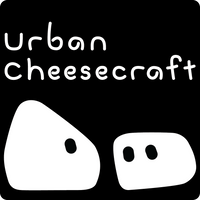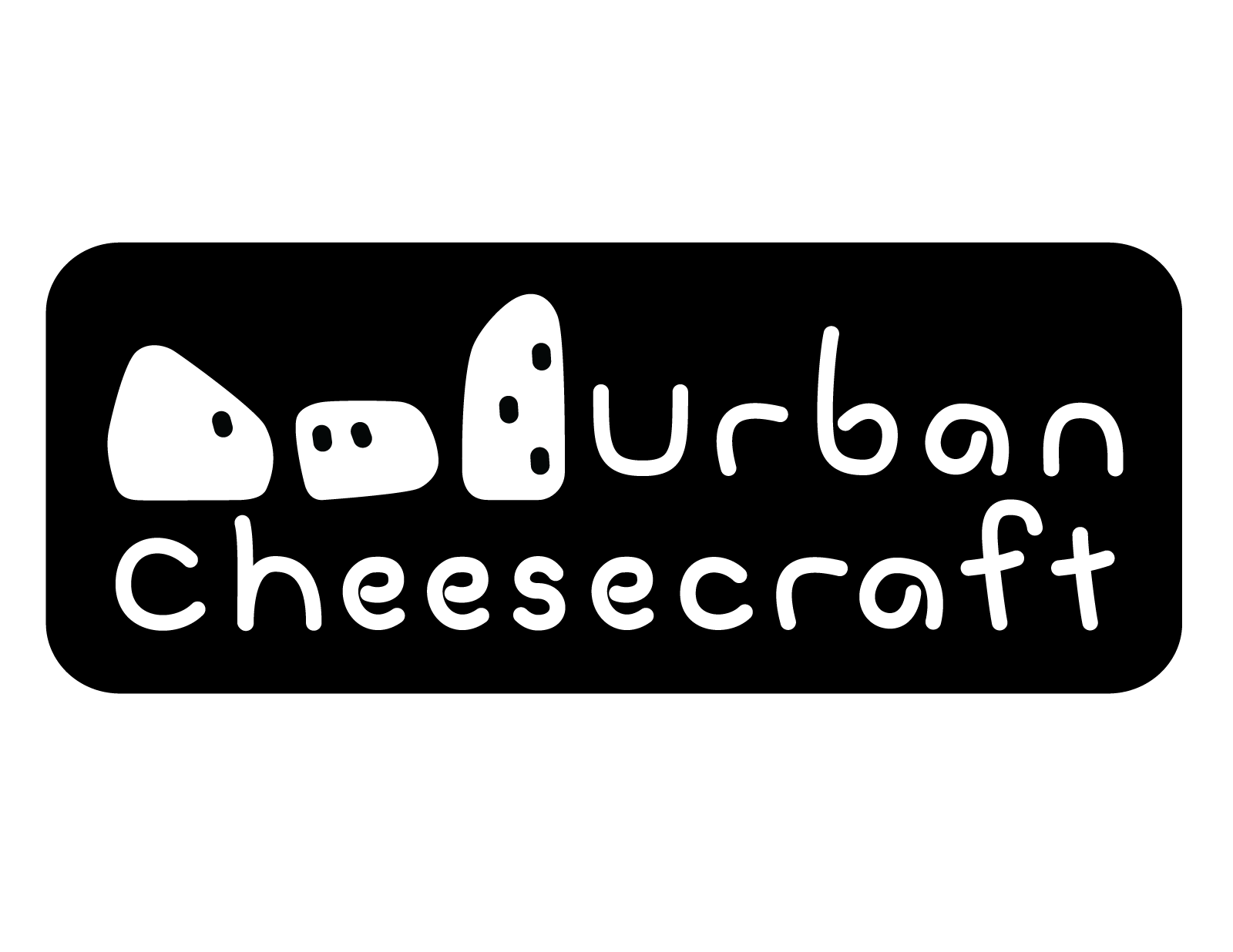There are two things in life that instantly make me drool like a happy puppy: cheese and do-it-yourself tutorials. These two passions collided recently with my discovery of Claudia Lucero's "One-Hour Cheese" (Workman Publishing, $14.95), and I was both thrilled and hesitant.
Despite there being an entire cookbook with 16 detailed recipes inside, I was still skeptical of the possibility of making my favorite delectable dairy product in 60 minutes or less. Sure, I've seen cheese kits and how-to's for ricotta, but wheel cheese? And in an hour? We'd see about this.
The book offers a variety of fresh cheese recipes, from the "creamy and spreadable" to the "firm and chewy" to the "melty and gooey." Additionally, there are suggestions on dishes in which to use each cheese and proper pairings, from fancy nuts to "salami crackers." What the book really does well is clearly and concisely educate the cheese-making apprentice on the science and essentials involved.
Most of the basic ingredients — acids, salts, herbs and spices and milk — aren't hard to source, but the rennet, the coagulation agent, might require a bit of a search. It's worth it to order the vegetarian rennet tablets online; Lucero uses them exclusively in the book and sells them online (urbancheesecraft.com). I initially tried liquid rennet because it was readily available at a grocery store; more on that later.
As for supplies, most are items I already had. However, Lucero makes a point of saying that the holes in the common cheesecloth most grocery stores carry are too big and will ruin the cheese. She recommends butter muslin or grade 90 cheesecloth that's at least 18 square inches, available in cooking stores. It's also wise to invest in a good thermometer.
I chose to give the smoky cheater a shot. It's a dense, squeaky cheese wheel with smoked paprika and smoked salt, great for frying and grilling (it doesn't melt). The photos accompanying each step in every recipe proved to be a smart way to guide this novice through the process.
"I wanted to give readers a good starting point," Lucero said in an interview. "Some books give me the impression that you can jump into any of the cheeses without photos."
Though the flavor was on point, my curds were very dry. Thankfully, the book includes Curd Support, a troubleshooting section. Lucero and I determined the liquid rennet was likely the issue, but it could have been too much heat, squeezing out too much whey or milling the salts in the curd for too long.
For those who have never made cheese, Lucero suggests starting with an easier recipe. Her farmer-style first-timer's cheese can be ready in about a half hour.
"It blasts away the idea that cheese comes in a block and is made in a factory," Lucero said.
Which is the point of making it by hand. Sure, store-bought cheese is instantly gratifying, but it can be rewarding to reclaim the forgotten DIY skills of our ancestors.
When I unwrapped my imperfect golden wheel of handcrafted cheese, my puppy heart was happy. I made cheese. And it only took an hour.
Smoky cheater
Prep/cook: 1 hour
Makes: 1 1/2 pounds
Adapted from "One-Hour Cheese" by Claudia Lucero. You will need grade 90 cheesecloth, a cooking thermometer (with no mercury) and a 4 1/2-inch springform pan or other mold.
1/2 teaspoon turmeric
2 teaspoons smoked paprika
1 1/2 teaspoons smoked salt
1 teaspoon flake salt
1/2 tablet vegetarian rennet
1/2 cup dechlorinated water
1 gallon whole cow's milk (not ultrapasteurized)
3 tablespoons apple cider vinegar
1 Combine the turmeric and paprika in one small bowl and the salts in another. Dissolve the rennet in the dechlorinated water.
2 Pour the milk into a 5-quart stockpot; whisk in the apple cider vinegar. Then whisk in the spices; heat on medium to 95 degrees.
3 Mix in the rennet solution with 20 quick strokes. Heat to 105 degrees. The milk will begin to coagulate as the temperature rises. The curd will pull away from the pot when you gently press the top, and you will see a clear separation between curd and whey.
4 Use a spoon to chop the curd into roughly 1-inch pieces, reaching to the bottom of the pot. Allow to cook in the whey, about 2 more minutes. It should reach 115 degrees.
5 Watch the curds change from a softer yogurtlike texture until they come to resemble a sturdy, scrambled egg texture. Continue to heat to 120 degrees, stirring slowly and continuously.
6 At 120, reduce heat; use the back of the spoon to begin pressing the curds against the side of the pot. When you've pressed all of the curds, turn off the heat; let sit until the curds hold together when you squeeze them, 5 minutes. If they don't quite hold, let the curds sit another 5-10 minutes, stirring every couple of minutes.
7 Strain the curds in a cheesecloth-lined colander. Allow the whey to drain until the curds are almost dry, about 3 minutes. Press out the last of the whey with clean hands.
8 Break apart the curd with your fingers until it all looks like popcorn. Thoroughly mix in the salts with your hands. Gather the cheesecloth in a bundle; squeeze out the remaining whey.
9 Press the bundle into the mold. If you have a little curd overflow, remove it, creating a level top, or make two smaller wheels if it's a lot. Place the mold in the freezer, 5 minutes. The curd should compress into a wheel.
10 If it looks crumbly, rewrap the cheese and press with a plate and gallon jug filled halfway with water. After 10 minutes, let the cheese cool in the freezer, 5 minutes. Unwrap and serve.
Nutrition information per 1 ounce serving:
101 calories, 5 g fat, 3 g saturated fat, 16 mg cholesterol, 8 g carbohydrates, 5 g protein, 349 mg sodium, 0 g fiber


